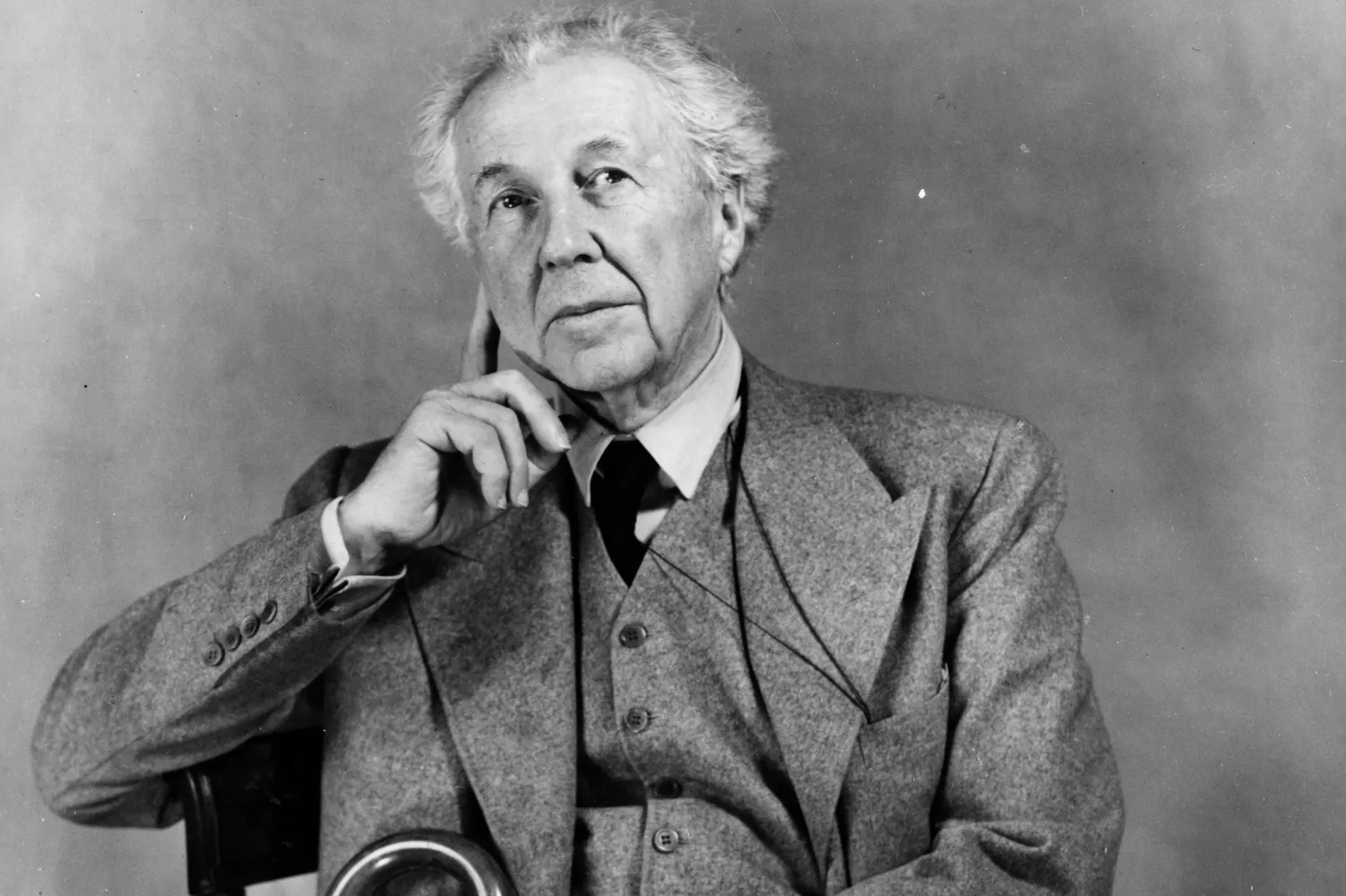By 1949, Frank Lloyd Wright was already an iconic figure. With designs like Fallingwater and the Guggenheim Museum, he had transformed architecture. So when the American Institute of Architects (AIA) awarded him their highest honor—the Gold Medal—you’d expect a moment of mutual respect. Instead, Wright took the opportunity to offer biting critiques of modern architecture and the AIA itself.
But first, the AIA Gold Medal: established in 1907, it honors architects whose work has made a lasting impact. Wright’s relationship with the AIA, however, was tumultuous. He had once resigned from the organization, calling it “a harbor of refuge for the incompetent.” So when he finally received the award, his acceptance speech was less about gratitude and more about calling out the state of architecture.
—
Frank Lloyd Wright’s Legacy in 1949
By this time, Wright’s career had spanned over five decades. His philosophy of *organic architecture*, seen in projects like *Usonian* homes, emphasized harmony between buildings and their environments. Wright stood apart from many contemporaries who embraced the International Style’s rigid minimalism. He saw this trend as cold and machine-like—a point he hammered home in his speech.
LINK TO SPEECH RECORDING:
Wright began with a backhanded acceptance:
“I do not believe that any man who has a conscience can today accept an award such as this without some qualms as to its justification.”
Rather than celebrating, he questioned whether the honor was deserved, while proceeding to accept it anyway. He wasted no time criticizing the state of modern architecture, saying:
“The architect today is a propagandist on behalf of the machine, with a machine-made art at his disposal, or none at all.”
He expressed disdain for modernism’s glass-and-steel buildings, calling them lifeless and disconnected from nature. His discontent extended to the AIA itself:
“The AIA has never, in my experience, been favorable to architecture.”
He viewed the organization as a promoter of conformity rather than innovation.
Wright’s Wit and Wisdom
Wright’s speech also showcased his humor, as in his remark:
“A doctor can bury his mistakes, but an architect can only advise his clients to plant vines.”
It was a witty acknowledgment that bad architecture is always visible, a dig at some of his contemporaries’ less-inspired designs.
In closing, Wright reminded the audience of his long-standing beliefs, stating:
“The mother art is architecture. Without an architecture of our own, we have no soul of our own civilization.”
He called for a return to architecture that was deeply connected to nature and culture, rather than the machine-driven trends of the time.
A Lasting Impact
Frank Lloyd Wright’s 1949 AIA speech remains a powerful critique of modern architecture, blending sharp wit with serious criticism. His call for buildings that respect nature and human connection is still relevant today, and his legacy continues to inspire debate. His message? Architecture needs more soul—and less steel.

